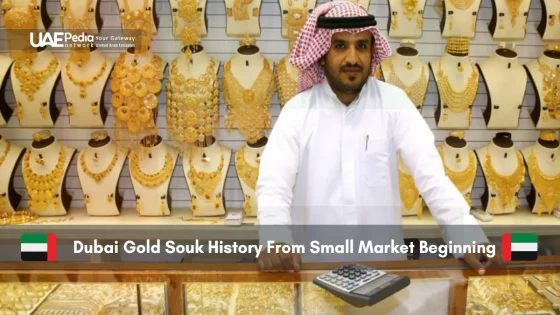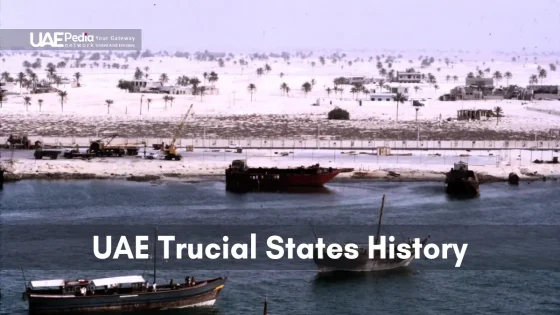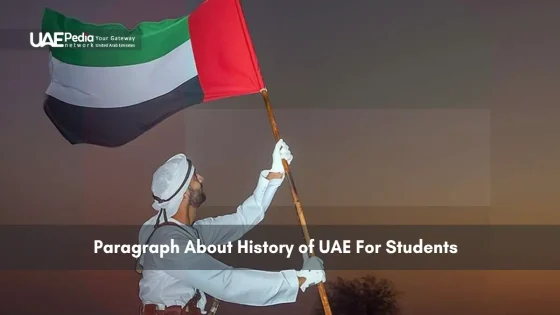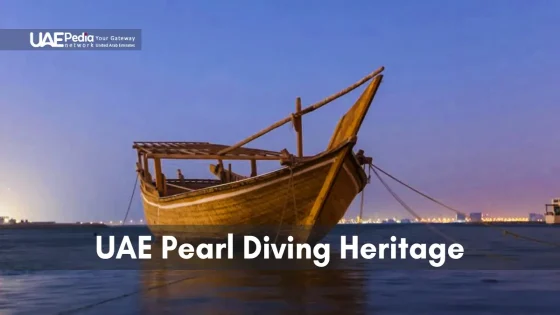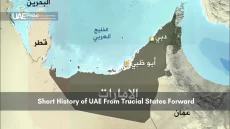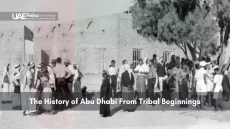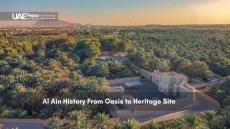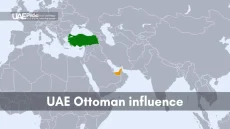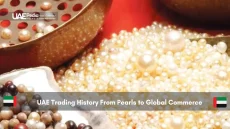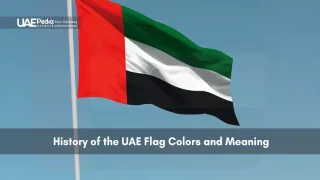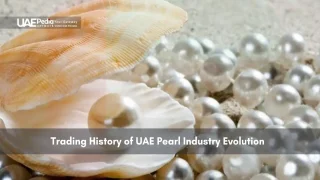What if we told you one of the world’s most dazzling gold hubs began as a handful of wooden stalls along a dusty creek? Long before skyscrapers dotted the skyline, traders gathered near the water’s edge, bartering goods and laying the foundation for a glittering legacy.
In the mid-20th century, families like Mihir Vaya’s set up shop here, their stories woven into the market’s evolution. The creek wasn’t just a trade route—it pulsed with ambition, drawing merchants from across the region. Over decades, these modest stalls grew into a labyrinth of shops, each gleaming with intricate designs that blended tradition with global flair.
This transformation wasn’t accidental. Early pioneers navigated shifting tides—literally and economically—to build trust and craftsmanship into every piece. Today, the market’s golden corridors hum with tales of risk, innovation, and cultural pride, offering more than just jewelry: a tangible link to the city’s mercantile soul.
- From creek-side trade to global icon: Discover how visionaries shaped a local market into a must-visit destination.
- Family legacies: Meet the traders whose generational expertise built the market’s reputation.
- Tradition meets modernity: Explore how age-old practices coexist with contemporary demands.
The Humble Beginnings of Dubai’s Gold Souk
Picture this: a cluster of sun-bleached tents hugging a bustling waterway, where deals were sealed with handshakes and gleaming treasures changed hands. This was the birthplace of what would become a global phenomenon—a market built on trust, craftsmanship, and family bonds.
When Generations Built Futures
In the early 1900s, pioneers like the Vaya family laid foundations that still echo today. Their first stall—little more than a wooden counter—became a blueprint for success. “We didn’t just sell jewelry,” recalls a fourth-generation trader. “We sold relationships.”
Where Waterways Wove Destiny
The creek wasn’t just scenery—it was the lifeblood of trade. Sailboats from India and Iran docked here, unloading spices, pearls, and precious metals. By the 1940s, this place buzzed with merchants bartering goods under palm-frond shades.
| Decade | Key Development | Impact |
|---|---|---|
| 1900s | First family stalls emerge | Localized trading begins |
| 1930s | Javeri family enters market | Expanded regional connections |
| 1940s | Creek becomes central hub | International trade routes solidify |
Artisans perfected their craft under open skies, weighing gems on brass scales and engraving patterns by lamplight. This hands-on approach created a glittering treasure in Deira that still charms visitors decades later.
Evolution of the Gold Trading Hub
Imagine walking through narrow alleys where brass scales once balanced precious metals—now replaced by laser scanners that measure micron-perfect details. This transformation captures the essence of a marketplace that reshaped itself without losing its soul.
From Dusty Counters to Glass Showrooms
What began as 30 family stalls in the 1950s now stretches over 2 kilometers, with over 300 retailers. “My grandfather’s wooden booth could fit three customers,” shares Ramesh Javeri, whose shop now features augmented reality displays. “But we still hand-polish every piece—that’ll never change.”
Tech Meets Tradition
Artisans now use 3D printing for intricate molds while maintaining centuries-old engraving techniques. Computer-aided designs help create bold new styles, but you’ll still find craftsmen hammering patterns by hand in back workshops.
| Aspect | Then (1950s) | Now |
|---|---|---|
| Scale | 30 stalls | 300+ retailers |
| Technology | Hand scales | Digital purity testers |
| Design | Basic motifs | Fusion styles (Arabic + global) |
| Competition | Local families | International brands + artisans |
This blend creates a unique energy. Neon signs glow above stalls selling 22-karat heritage pieces, while tech-savvy merchants pitch customizable pendants via tablets. It’s not just a market—it’s a living museum of trade evolution.
Understanding dubai gold souk history in Context
Let’s zoom out for a moment—beyond the glittering storefronts lies a story shaped by global tides and bold policy moves. The market’s rise mirrors the region’s journey from pearl diving villages to economic powerhouse, with every twist in its history reflecting broader shifts in the world.
Milestones from the Early 1900s to Today
In the early 1900s, merchants navigated British-imposed tariffs while leveraging monsoon winds to connect with Indian and East African ports. A trader’s journal from 1923 notes: “Our scales balanced more than metal—they measured trust across oceans.”
The 1970s oil boom turbocharged growth. New roads and banking systems transformed the marketplace into a regional magnet. By 1990, over 70% of retailers reported sourcing materials from three continents—proof of its expanding trade web.
| Era | Catalyst | Outcome |
|---|---|---|
| 1920s | Tax-free zones established | Cross-border partnerships flourish |
| 1971 | Currency unification | Standardized pricing boosts credibility |
| 2003 | Tourism campaigns launch | Foot traffic triples in 5 years |
Today, artisans blend hand-carved motifs with blockchain tracking—a dance between heritage and hyper-modernity. It’s not just about gold trade anymore. It’s about how a humble creek-side exchange became a blueprint for global ambition.
Cultural Significance and Artisanal Craftsmanship
Step into the rhythm of hammers shaping metal—a soundscape that’s echoed through these alleys for generations. Here, cultural threads from Bedouin motifs to Indian filigree intertwine, creating wearable stories that transcend borders.
Weaving Worlds Through Metal
Emirati jewelers often start designs with palm frond patterns, symbolizing local heritage. Immigrant artisans then layer intricate details—Persian floral engravings or South Asian geometric precision. “Our workshop feels like a mini-UN,” laughs third-generation crafter Amal Al-Farsi. “My grandfather’s naqda hammer techniques meet laser-cut precision from our Egyptian goldsmith.”
Hands That Shape Heritage
Families like the Al-Mansooris have crafted bridal sets since the 1950s, their signature khamsa pendants believed to bless marriages. Each piece undergoes:
- Hand-poured alloy mixing (22-karat blends)
- Traditional tarkheem engraving sessions
- Three-stage polishing using date palm ash
Modern stores now offer app-based customization, but as visitor Fatima notes: “They still serve Arabic coffee while you wait—it’s that mix of old and new that steals your heart.”
This marketplace doesn’t just sell ornaments. It celebrates the United Arab Emirates’ ability to honor its roots while embracing global influences—one golden thread at a time.
Architectural Charm and Market Layout
Wander through a maze where sunlight filters through latticework, casting geometric shadows on displays of gleaming treasures. The market’s design feels like a handcrafted jewelry box—ornate facades frame arched entryways, while vaulted ceilings let desert breezes swirl through narrow lanes. Every inch whispers stories of merchants who shaped this space to honor tradition while welcoming tomorrow.
Intricate Design Elements and Narrow Passageways
Teakwood shutters and hand-carved arabesque patterns adorn shop fronts, their details best seen at dawn’s golden hour. Those tight alleys? They’re intentional—forcing you to slow down, chat with vendors, and spot hidden gems. “The closeness isn’t cramped,” explains a third-generation jeweler. “It’s how we share stories between displays.”
Blending Traditional Middle Eastern Styles with Modern Touches
Spot the updates: recessed LED lighting highlights 19th-century plasterwork, while restored wind towers now house discreet AC vents. A 2021 renovation added wheelchair ramps disguised as mosaic steps, proving accessibility can be beautiful. Locals love how the updates “let the architecture sing louder.”
| Feature | Traditional Element | Modern Update | Purpose |
|---|---|---|---|
| Facades | Arabesque carvings | Weather-resistant coatings | Preserve artistry |
| Ceilings | Palm-wood beams | Energy-efficient skylights | Enhance natural light |
| Flooring | Hand-laid stone | Non-slip sealants | Ensure safety |
| Signage | Hand-painted Arabic | Multilingual digital displays | Welcome global visitors |
Vendors still arrange wares on woven mats—a nod to the past—but now pair them with QR code catalogs. It’s this dance between heritage and innovation that keeps the souk dubai feeling alive, authentic, and ready for its next century.
Gold Souk’s Influence on Dubai’s Economy and Tourism
Think of a marketplace where every haggled price fuels a city’s skyline. This bustling hub doesn’t just sparkle—it powers growth. Over 30% of the Emirates’ non-oil exports flow through its lanes, connecting artisans to global buyers.
Economic Growth Through Global Trade Routes
Merchants here have mastered the art of turning trust into treasure. “We’re not selling trinkets,” says Rania Al-Maktoum, whose family has traded here since 1978. “We’re building bridges between continents.”
| Aspect | 1980s | 2020s |
|---|---|---|
| Annual Export Value | $120 million | $6.5 billion |
| Global Partners | 12 countries | 58 countries |
| Local Employment | 800 jobs | 15,000+ jobs |
Tourism Impact and the Bargaining Culture
Visitors don’t just buy jewelry—they buy into a ritual. The thrill of negotiating prices draws 8 million tourists yearly. “Bargaining isn’t about winning,” explains shop owner Yusuf Khan. “It’s about sharing stories over chai.”
This dance of commerce and culture creates a win-win. Travelers leave with unique pieces, while traders gain loyal customers. The market’s energy even spills into nearby cafes and hotels, boosting the entire district.
Experiencing the Souk: Tips and Insights for Tourists
Ready to dive into a world where every shop window sparkles with possibility? This iconic marketplace thrives on energy—early birds catch the best deals, while night owls soak in neon-lit charm. Let’s unpack how to navigate its rhythm like a pro.
Timing Your Treasure Hunt
Beat the heat and crowds by arriving right at 10 AM when shops open. October to March offers cooler days for leisurely browsing. Avoid Fridays until 4 PM—locals prioritize family time then. One vendor shares: “Come Tuesday mornings—we’re rested from weekend rushes and ready to chat.”
| Time Slot | Crowd Level | Perks |
|---|---|---|
| 10 AM – 12 PM | Low | Personalized attention |
| 3 PM – 6 PM | High | Lively atmosphere |
| 7 PM – 9 PM | Moderate | Evening discounts |
Mastering the Art of the Deal
Bargaining’s expected here, but keep it respectful. Start by offering 40% of the initial price, then meet halfway. Smile often—one merchant admits: “We’ll knock 10% off just for a good joke!” Always check multiple stalls for similar jewelry to gauge fair rates.
Survival Kit for Savvy Explorers
Wear comfy shoes—you’ll clock 5,000 steps minimum. Carry small bills; some vendors give “cash price” discounts. Snap photos of shop names to revisit favorites later. For a break between haggling sessions, explore budget-friendly adventures nearby.
Pro tip: Ask to see hallmark certifications when buying intricate pieces. Most importantly—pause often. Sip karak chai at hole-in-the-wall cafes and let the market’s energy wash over you. That’s where the real magic happens.
Reflecting on a Storied Past and Future Opportunities
Time polishes treasures in unexpected ways. This glittering crossroads has evolved from camel caravans to digital storefronts while keeping its soul intact. Artisans still shape culture into wearable art, their hammers echoing rhythms older than skyscrapers.
Today’s vendors face fresh challenges—online competition, shifting traveler tastes. Yet walk these lanes, and you’ll find stores blending augmented reality displays with hand-poured alloys. “We’re not just selling pieces,” says third-generation jeweler Leila Al-Mansoori. “We’re sharing living heritage.”
The future sparkles with possibility. Imagine blockchain-tracked heirlooms or night markets pairing traditional crafts with holographic storytelling. Sustainable practices could merge with ancient techniques, creating eco-conscious collections that honor the past.
Visitors craving authentic experiences will always find magic here. Whether haggling over prices or sipping cardamom coffee with shopkeepers, you’re part of a story that keeps rewriting itself. This destination isn’t frozen in time—it’s a dance floor where tradition and innovation twirl beneath desert stars.
The creek served as a lifeline for traders arriving by dhows, connecting the market to regional trade routes. Its proximity allowed merchants to import raw materials and export crafted jewelry, laying the foundation for the area’s reputation as a trading hub.
Think wind-tower designs, arched alleyways, and wooden shutters—elements borrowed from traditional Arabian markets. Narrow lanes create an intimate vibe, while updated lighting and signage blend heritage charm with modern convenience.
Thanks to tax-free policies and competitive craftsmanship, many pieces cost less than in Western markets. However, always check daily rates and haggle respectfully—it’s part of the experience!
Generations of Emirati and South Asian jewelers have passed down techniques like hand-engraving and filigree work. These artisans prioritize trust, often sharing stories behind heirloom-quality designs you won’t find in chain stores.
Aim for weekday mornings before tour groups arrive. Evenings post-6 PM also buzz with energy but expect livelier haggling. Avoid Fridays when some shops close for prayers.
Many vendors now adhere to Dubai’s Responsible Sourcing Regulations. Look for shops displaying the “Dubai Good Delivery” stamp, which guarantees purity and ethical mining practices.
While neon-lit storefronts and multilingual staff cater to visitors, hidden corners still host wholesalers trading bars and coins. Balance exploration with respect—ask before photographing artisans at work.
